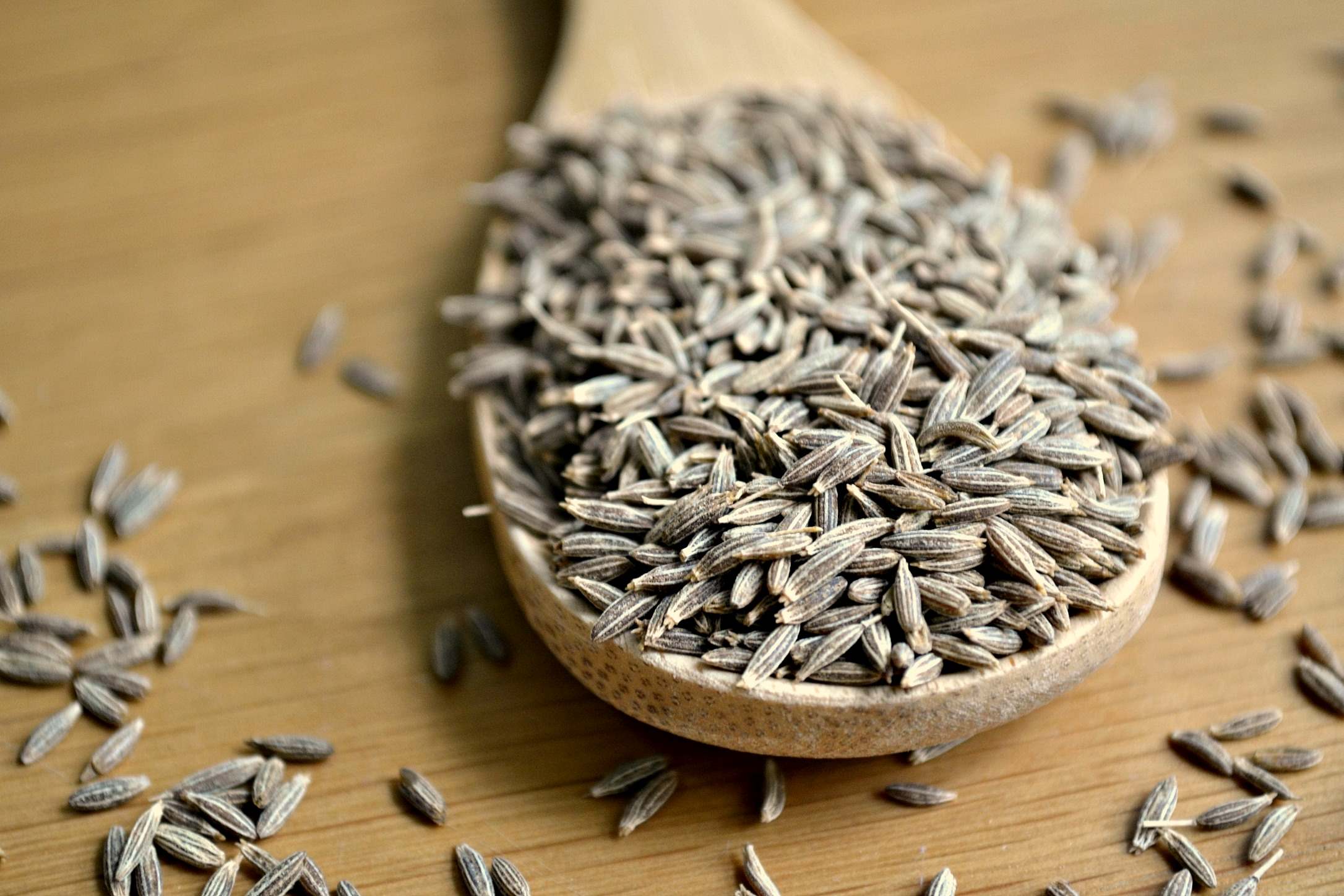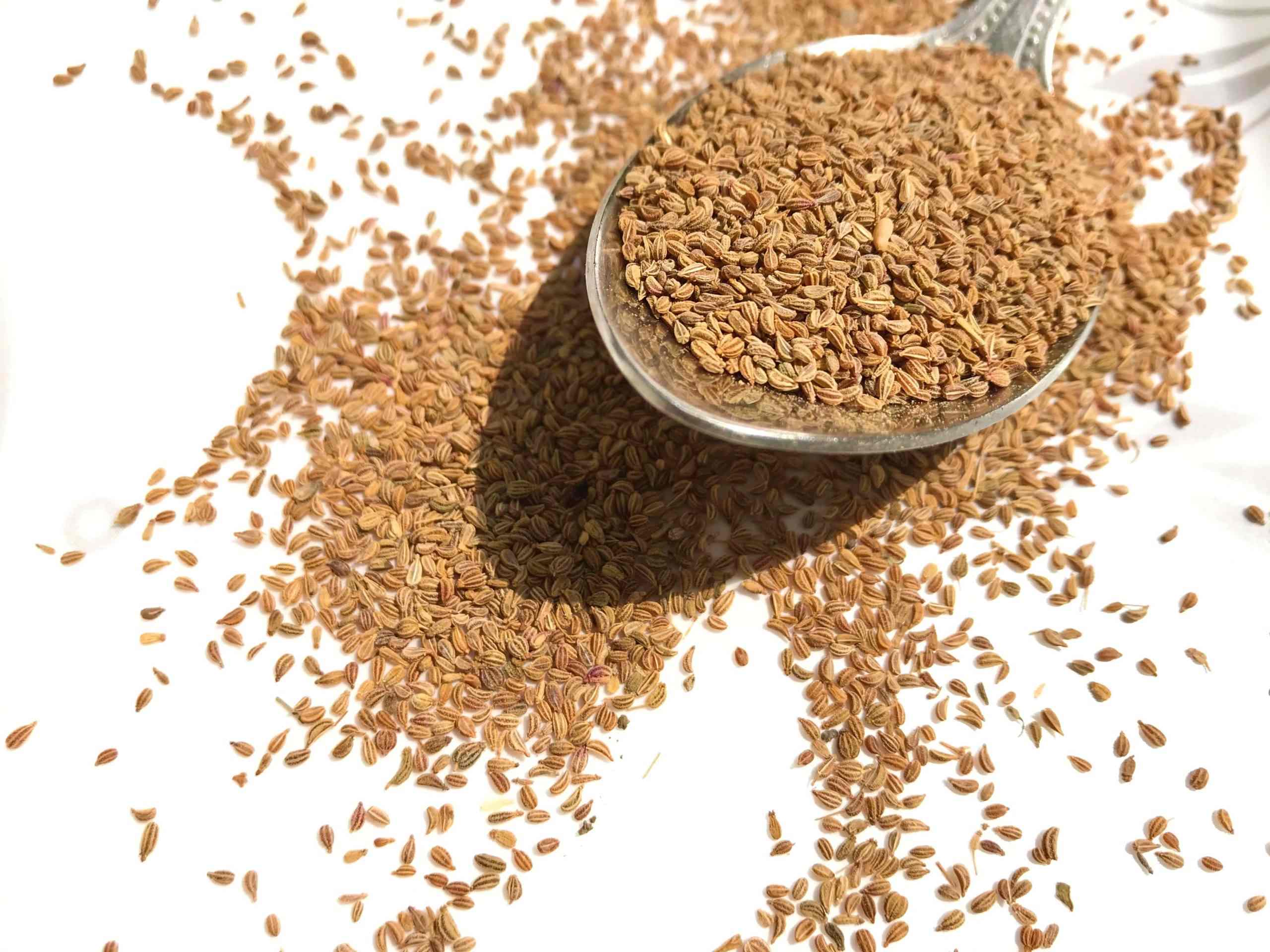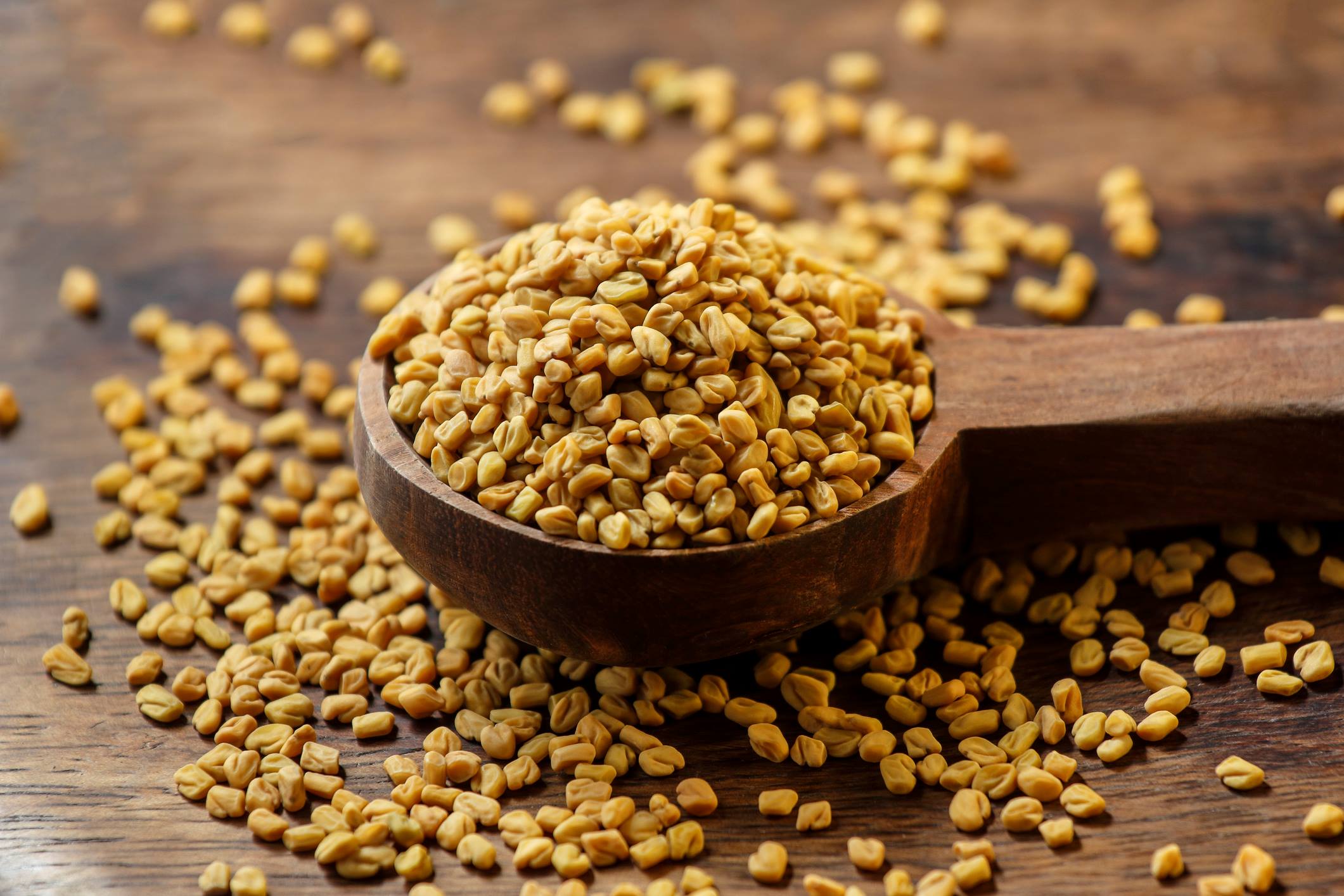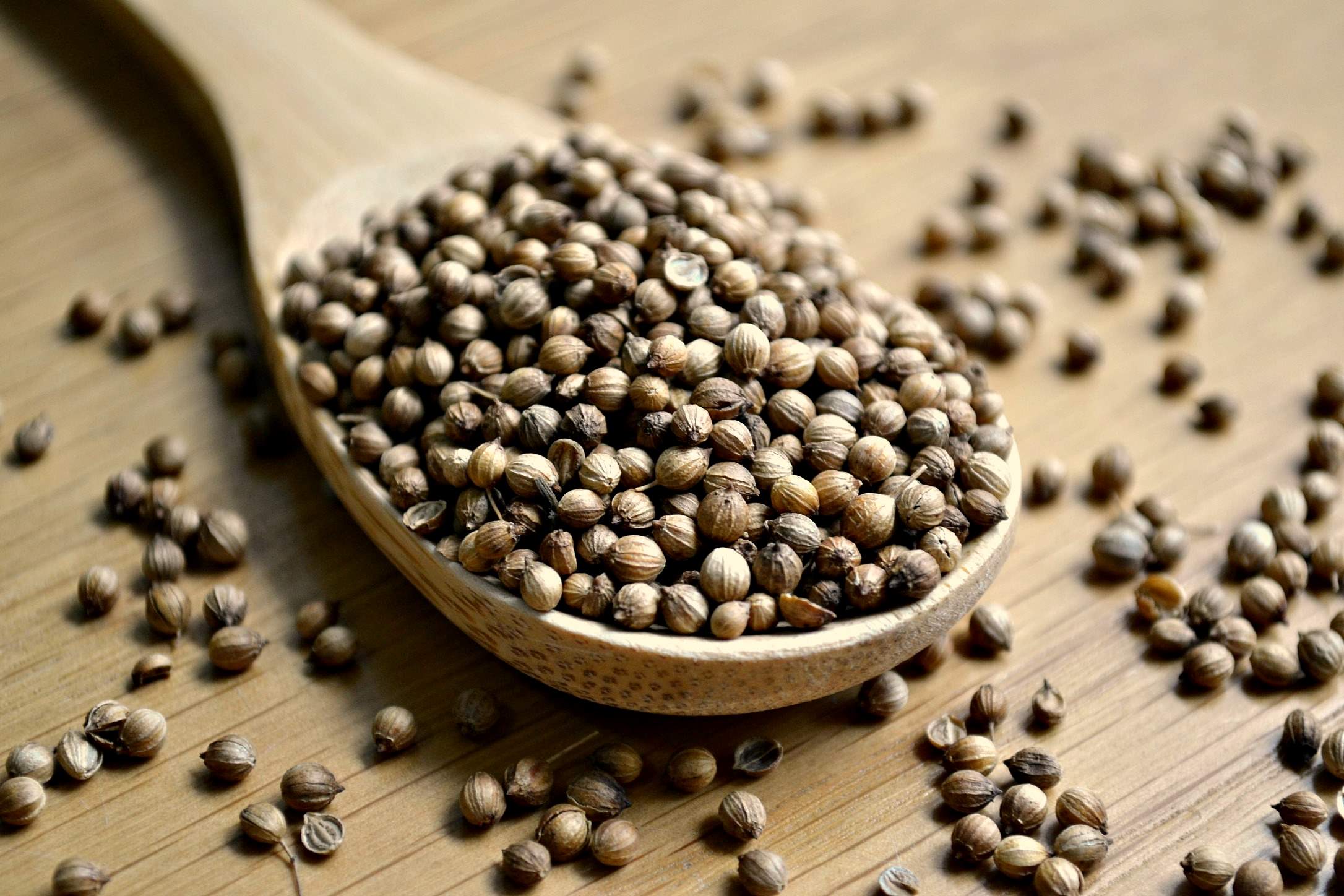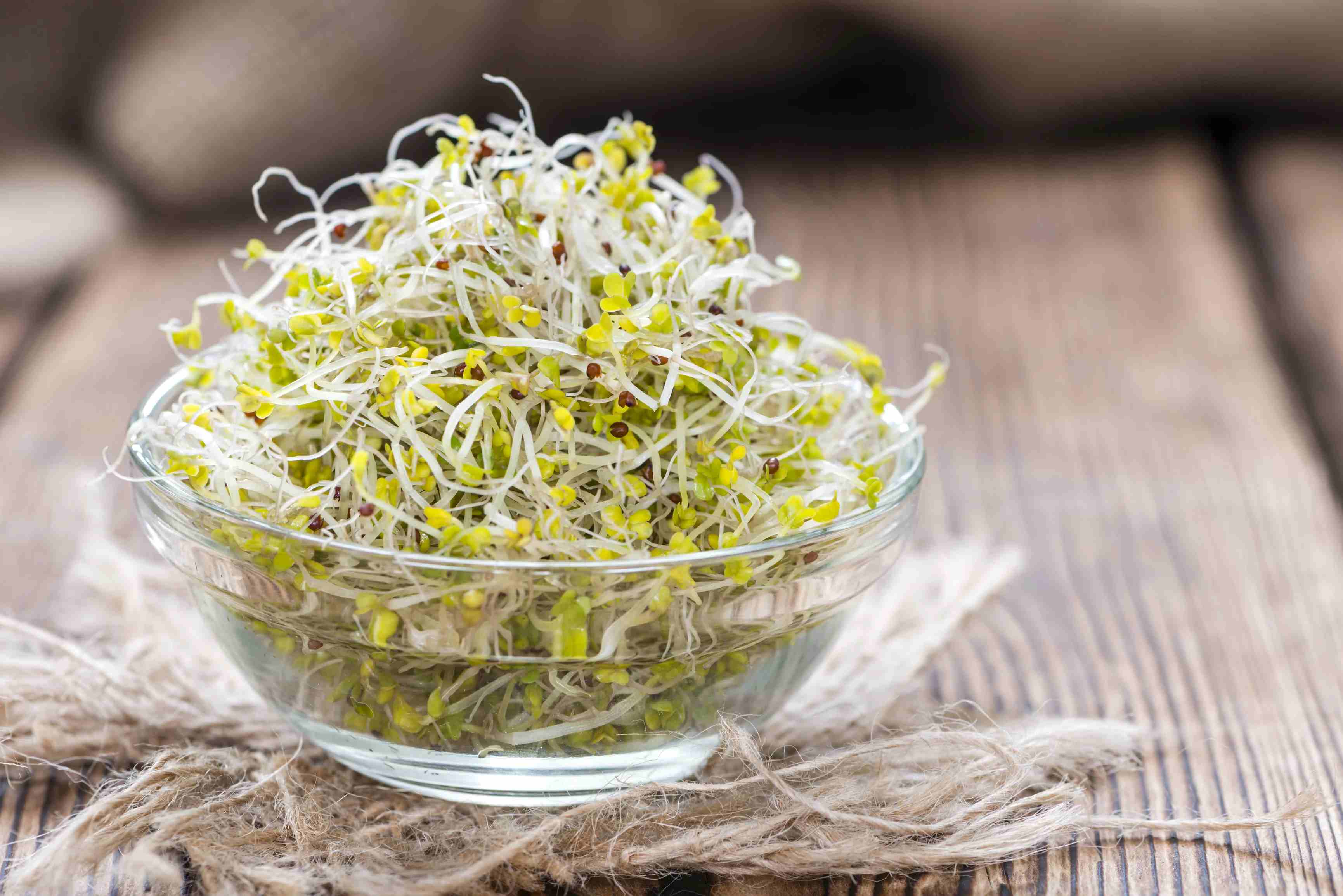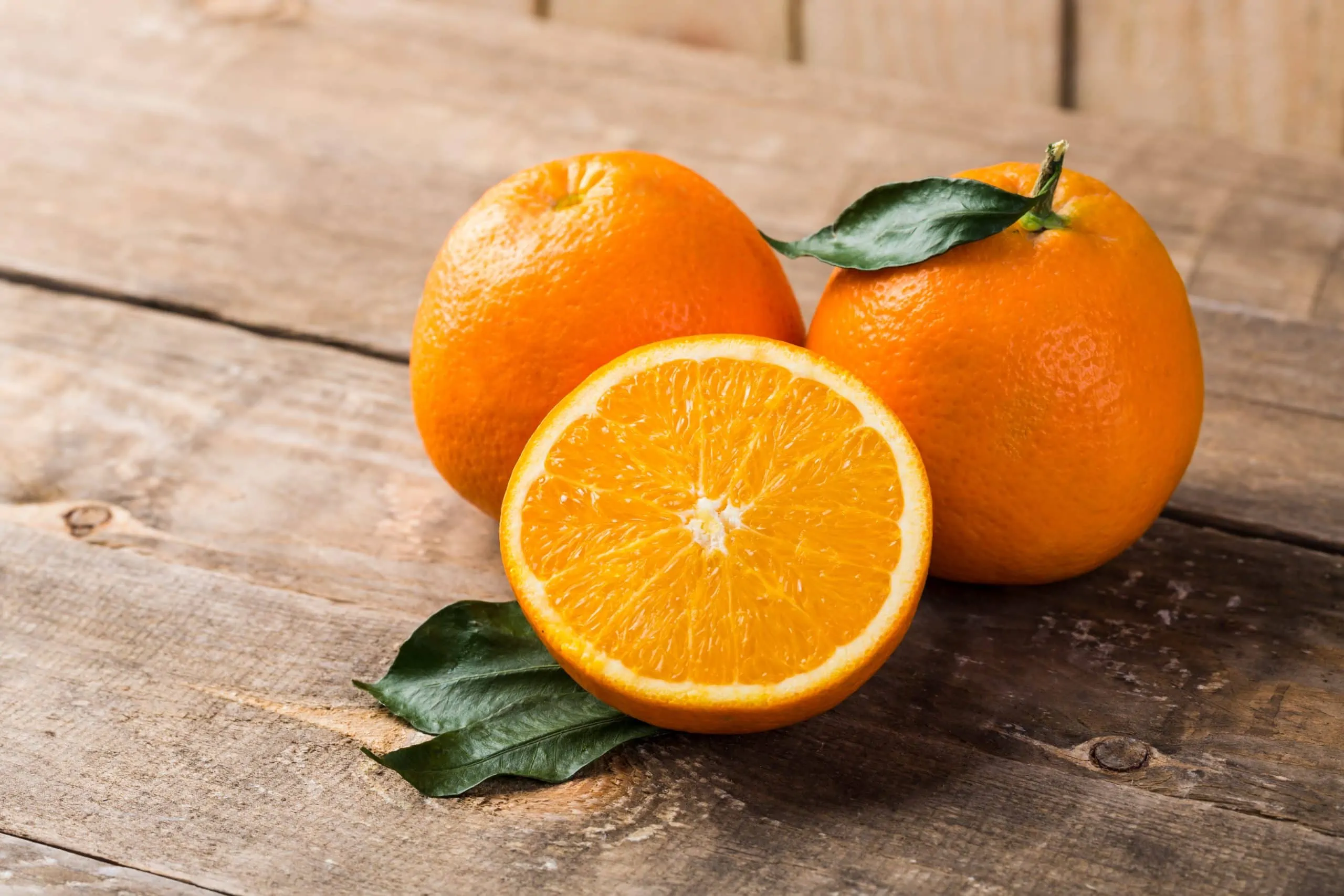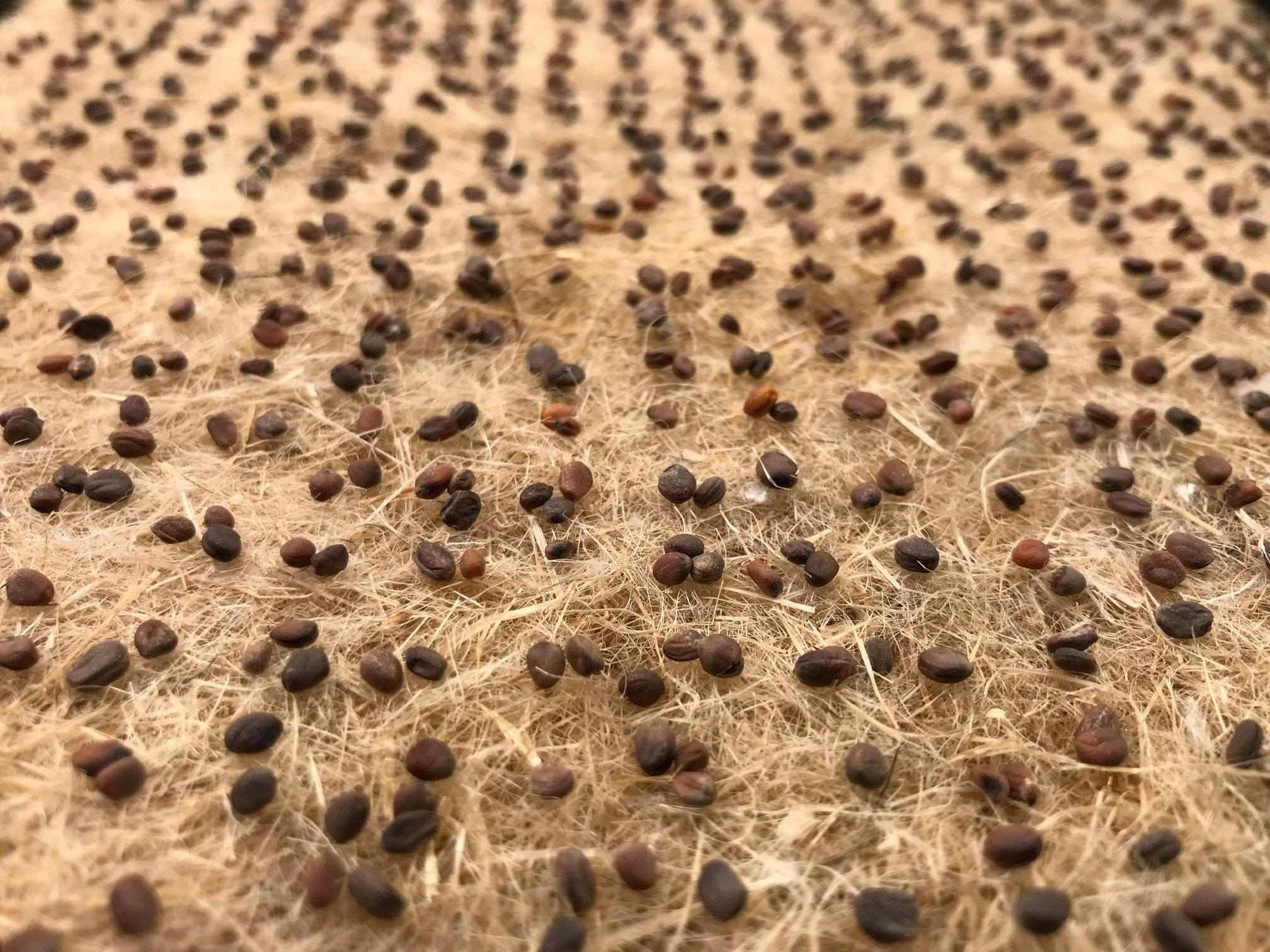Home>Gardening Basics>Getting Started>What Are Seeds Made Of
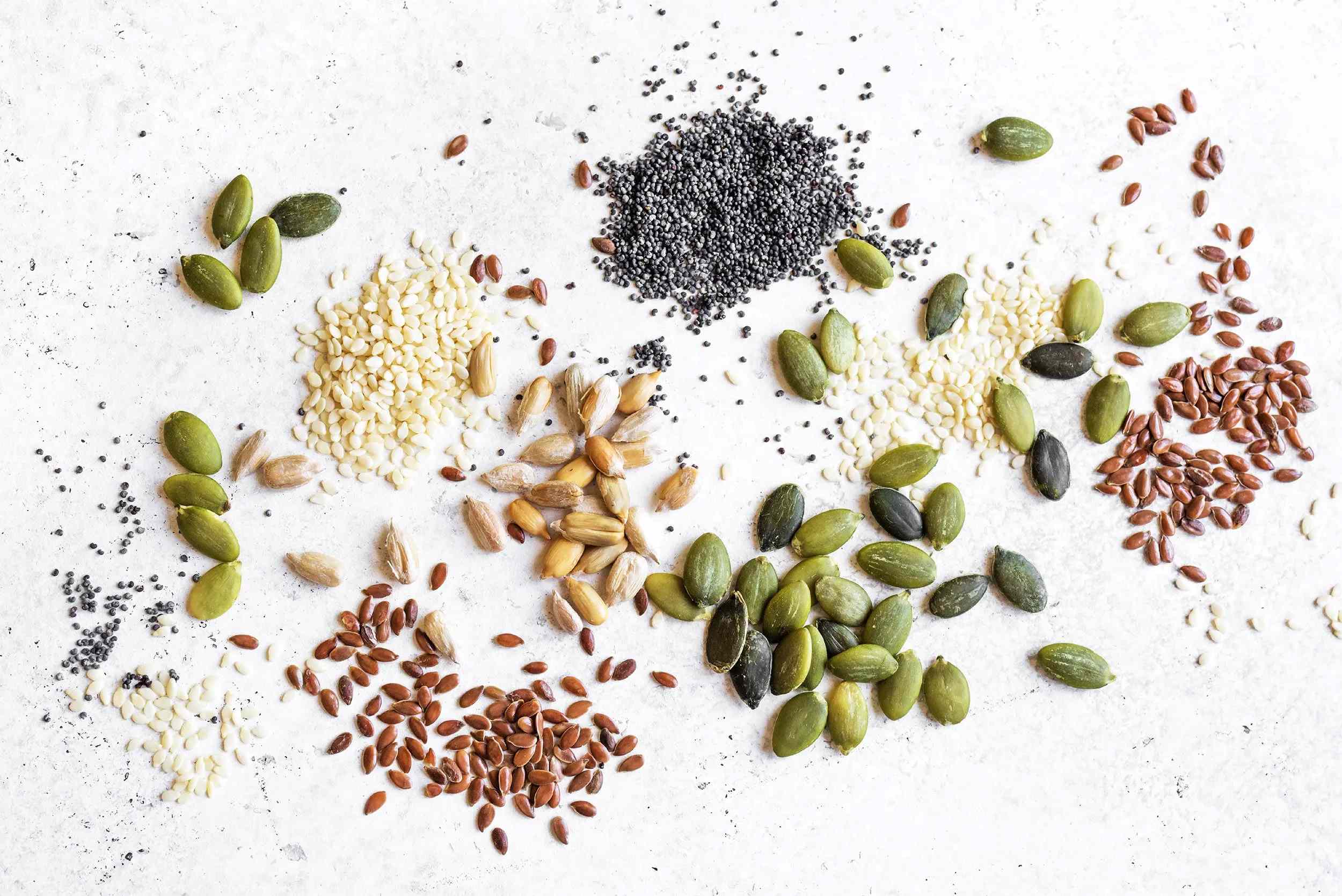

Getting Started
What Are Seeds Made Of
Published: September 19, 2023
Learn what seeds are made of and how to get started with them. Discover the fascinating science behind seed formation and explore the steps to begin your own gardening journey.
(Many of the links in this article redirect to a specific reviewed product. Your purchase of these products through affiliate links helps to generate commission for Chicagolandgardening.com, at no extra cost. Learn more)
Table of Contents
Introduction
Seeds are the life-giving source of plants, containing all the necessary components for their reproduction and growth. These tiny marvels serve as the starting point of a plant’s life cycle, carrying within them the potential for new life and the continuation of species. Seeds hold a fascinating world of complexity, from their unique anatomy to their vital role in plant reproduction and the ecological balance of our planet.
Throughout history, seeds have been essential to human existence, providing sustenance, medicine, and even cultural significance. From wheat and rice to sunflower and pumpkin seeds, these small packages of life have played a vital role in food production and human survival.
In this article, we will explore the fascinating world of seeds. We will delve into their definition, functions, anatomy, development, composition, nutritional value, dispersal, importance in plant reproduction, and the process of germination. By understanding the intricate details of seeds, we can gain a deeper appreciation for their significance and the role they play in the natural world.
So, get ready to embark on a journey into the remarkable realm of seeds and discover the wonders hidden within these unassuming capsules of life.
Definition of Seeds
Seeds are the reproductive structures of plants that contain an embryo and are capable of developing into a new individual under favorable conditions. They are formed after the process of fertilization, when the male pollen combines with the female ovule to create a zygote, the earliest stage of a plant’s development.
Seeds are often enclosed within a protective coat or shell, which shields the delicate embryo from external elements such as temperature fluctuations, insect predators, and physical damage. This protective layer also helps in preventing premature germination and ensures that the embryo remains viable until conditions are suitable for growth.
One defining characteristic of seeds is their ability to endure unfavorable conditions in a state of dormancy. This means that seeds can remain inactive for extended periods, sometimes even years, until the surrounding environment provides the necessary conditions for germination and growth.
Seeds can be found in a wide variety of plants, including flowering plants, conifers, ferns, and mosses. They come in various shapes, sizes, and structures, depending on the plant species. For example, seeds of flowering plants are typically enclosed within fruits, while conifer seeds are found in cones.
Seeds are essential for the survival and propagation of plant species. They serve as a means of dispersal, allowing plants to colonize new territories and expand their range. Whether carried by wind, water, animals, or humans, seeds have evolved unique strategies to ensure their dispersal over long distances.
The incredible diversity of seeds is a testament to the adaptability and resilience of plant life. From the tiniest orchid seeds to the massive coco de mer seeds, every seed contains the potential for new life and plays a crucial role in the cycle of growth and regeneration in the natural world.
Functions of Seeds
Seeds serve a variety of important functions in the life cycle of plants. These functions are crucial for the survival and propagation of plant species in diverse ecosystems around the world. Let’s explore some of the key functions of seeds:
- Reproduction: Seeds are the reproductive structures of plants and are responsible for the formation of new individuals. Through the process of fertilization, seeds are produced, carrying the genetic material of the parent plants. This ensures the continuation of species and the preservation of genetic diversity.
- Protection: The outer coat or shell of a seed acts as a protective barrier, shielding the fragile embryo from environmental stresses, such as temperature extremes, desiccation, and predation. This protection allows seeds to survive and remain viable until favorable conditions for germination are available.
- Dispersal: Seeds play a crucial role in the dispersal of plants. By providing a means of transportation, seeds can escape competition with parent plants and colonize new habitats. Various mechanisms are employed for seed dispersal, including wind, water, animals, and even explosive ejection.
- Dormancy: Seeds have the remarkable ability to enter a state of dormancy, remaining quiescent until suitable conditions for germination are met. This dormancy period allows seeds to survive unfavorable conditions, such as drought or cold temperatures, and ensures that germination occurs at the most opportune time.
- Food and Nutrition: Seeds are rich in nutrients and serve as an important source of food for humans, animals, and even microbes. Many seeds are packed with proteins, carbohydrates, healthy fats, vitamins, and minerals, making them valuable as a dietary staple and contributing to overall nutrition and health.
These functions highlight the vital role that seeds play in the ecology of our planet. From facilitating reproduction to providing sustenance, seeds are essential for the survival, adaptation, and diversity of plant species. They are truly the building blocks of life and the foundation upon which ecosystems thrive.
Seed Anatomy
The anatomy of a seed is remarkably intricate, with each part playing a specific role in the development and survival of the plant. Let’s explore the main components of a seed:
- Seed Coat: The seed coat, also known as the testa, is the outer protective layer of the seed. It is made up of one or more layers, which provide physical protection against external factors, such as pests, diseases, and harsh environmental conditions.
- Embryo: The embryo is the young plant that is enclosed within the seed. It consists of the embryonic root, called the radicle, which will develop into the main root, and the embryonic shoot, called the plumule, which will give rise to the stem and leaves.
- Cotyledons: Cotyledons, also known as seed leaves, are the structures that store nutrients and provide nourishment to the developing embryo. In some plants, such as monocots, there is only one cotyledon, while in others, such as dicots, there are two cotyledons.
- Endosperm: The endosperm is a nutrient-rich tissue that surrounds the embryo in some seeds. It provides a source of energy and nutrients for the developing embryo during germination. The endosperm can contain starch, proteins, oils, and other essential nutrients.
- Plumule and Radicle: The plumule and radicle are the first structures that emerge from the embryo during germination. The plumule will grow into the shoot system, including the stem and leaves, while the radicle will develop into the root system.
- Scutellum: The scutellum is a specialized cotyledon found in grasses. It is capable of absorbing nutrients from the endosperm and transferring them to the growing embryo.
This intricate anatomy allows seeds to protect and nourish the developing embryo, ensuring its survival until favorable conditions for germination are present. Different plant species have variations in seed anatomy, reflecting their unique adaptations to their environments.
Understanding seed anatomy is essential for practices such as seed storage, germination, and seed banking. It allows us to better comprehend the processes that occur within seeds and aids in cultivating and propagating various plant species.
Seed Development
The development of a seed involves a series of intricate processes that transform a fertilized ovule into a mature seed capable of germination. Let’s take a closer look at the stages of seed development:
- Pollination: Pollination is the transfer of pollen from the male reproductive organs of a flower to the female reproductive organs, which contain the ovules. This process can occur through various mechanisms, including wind, water, insects, or animals. Once pollination takes place, the fertilization process can begin.
- Fertilization: Fertilization occurs when the pollen grain reaches the ovule and fuses with the female gamete, resulting in the formation of a zygote. This fertilized ovule marks the beginning of seed development.
- Embryo Development: After fertilization, the zygote undergoes cell division and differentiation, giving rise to the embryo. The embryo consists of the radicle, which will become the root, and the plumule, which will give rise to the shoot system. As the embryo develops, it becomes surrounded by protective tissues.
- Endosperm Formation: In some plants, the endosperm develops alongside the embryo. The endosperm can be derived from the fusion of a second sperm with the central cell of the ovule. It serves as a nutrient reserve for the developing embryo.
- Seed Coat Formation: The seed coat, or testa, is formed from the outer integument of the ovule. It provides protection to the developing embryo by preventing desiccation, mechanical damage, and microbial infection.
- Maturation: During the maturation phase, the seed undergoes changes in its metabolic activity and accumulates important constituents, such as storage proteins, starch, oils, and pigments. These substances contribute to the nutritional value and viability of the seed.
- Dormancy: After maturation, some seeds enter a state of dormancy. Dormancy is a period of suspended growth and metabolic activity, allowing seeds to withstand unfavorable conditions until suitable conditions for germination are encountered.
Seed development is a fascinating and complex process that ensures the production of viable seeds capable of germination. By understanding the stages of seed development, we can appreciate the intricacies and importance of this critical phase in the life cycle of plants.
Composition of Seeds
Seeds are composed of various components, each contributing to their nutritional value, germination potential, and overall structure. Understanding the composition of seeds can provide insights into their importance as a source of sustenance and their role in plant reproduction. Let’s explore the key components that make up seeds:
- Proteins: Seeds are a significant source of proteins, making them an important dietary staple for humans and animals. Proteins in seeds serve as building blocks for growth and repair, as well as providing essential amino acids necessary for various physiological functions.
- Carbohydrates: Carbohydrates, such as starches and sugars, are abundant in seeds and represent an important energy source. During germination, these carbohydrates are broken down to provide energy for the developing embryo.
- Fats and Oils: Many seeds, such as those of nuts and oilseeds, contain high amounts of fats and oils. These lipid-rich compounds provide concentrated energy and serve as a storage form for essential fatty acids and fat-soluble vitamins.
- Vitamins and Minerals: Seeds are packed with vitamins and minerals, including B vitamins, vitamin E, iron, zinc, magnesium, and phosphorus. These nutrients play vital roles in various metabolic processes and are essential for overall health and well-being.
- Antioxidants: Seeds are rich in antioxidants, such as phenolic compounds and flavonoids, which protect against oxidative damage caused by free radicals. These antioxidants have been linked to numerous health benefits, including reduced risk of chronic diseases.
- Fiber: Seeds are a good source of dietary fiber, which aids in digestion, promotes gut health, and helps regulate blood sugar levels. Fiber also provides a feeling of satiety, making seeds a satisfying addition to a balanced diet.
- Water: Although present in small amounts, seeds contain some water, necessary for biochemical processes during germination.
The composition of seeds varies between species, reflecting their unique adaptations and nutritional requirements. Certain seeds, like chia seeds and flaxseeds, are known for their high omega-3 fatty acid content, while others, like legume seeds, are rich in protein and dietary fiber.
Understanding the composition of seeds is important for their utilization in culinary, agricultural, and nutritional contexts. By harnessing the nutritional value of seeds, we can improve our diets, promote sustainable food production, and support a healthy lifestyle.
Nutritional Value of Seeds
Seeds have long been celebrated for their exceptional nutritional value and are revered as a powerhouse of essential nutrients. From providing a plentiful supply of proteins to offering a host of vitamins, minerals, and healthy fats, seeds are a valuable addition to a balanced diet. Let’s explore the nutritional benefits of seeds:
- Protein-Rich: Seeds are an excellent source of plant-based proteins, making them a valuable alternative for those following vegetarian or vegan diets. Protein is essential for muscle growth and repair, as well as for the production of enzymes, hormones, and antibodies.
- Healthy Fats: Many seeds, such as flaxseeds, chia seeds, and sesame seeds, are rich in unsaturated fats, including omega-3 and omega-6 fatty acids. These healthy fats contribute to heart health, brain function, and reducing inflammation in the body.
- Essential Nutrients: Seeds are packed with essential vitamins and minerals that support overall health. They are a good source of vitamin E, B vitamins (including folate), iron, zinc, magnesium, and phosphorus. These nutrients play vital roles in energy production, immune function, bone health, and more.
- Dietary Fiber: Seeds are rich in dietary fiber, which aids digestion, helps maintain a healthy weight, and promotes a feeling of fullness. Fiber also supports a healthy gut microbiome and can help regulate blood sugar levels.
- Antioxidants: Many seeds contain high levels of antioxidants, which help combat free radicals and oxidative stress in the body. Antioxidants are known to reduce the risk of chronic diseases such as cancer, heart disease, and neurological disorders.
- Low in Cholesterol and Sodium: Seeds are naturally low in cholesterol and sodium, making them a heart-healthy addition to a balanced diet. Including seeds in your meals can help maintain healthy blood pressure levels and overall cardiovascular well-being.
Adding a variety of seeds to your diet can be a simple yet effective way to boost your nutrient intake. Sprinkle them on salads, stir them into yogurt or smoothies, or incorporate them into baked goods and savory dishes for an extra nutritional punch. However, it’s important to consume seeds in moderation, as they are calorie-dense.
Along with their impressive nutritional profile, seeds offer culinary versatility and can lend a unique flavor and texture to a wide range of dishes. By incorporating seeds into your meals, you can not only enhance the taste but also provide your body with an array of vital nutrients for optimal health and well-being.
Seed Dispersal
Seed dispersal is a crucial process in the life cycle of plants, ensuring the survival and distribution of plant species in diverse environments. Seeds have evolved various mechanisms to disperse away from parent plants, reducing competition and allowing for colonization of new habitats. Let’s explore some common methods of seed dispersal:
- Wind Dispersal: Many plants have evolved adaptations for wind dispersal. Seeds of these plants are often lightweight, equipped with structures like wings, tufts of hair, or plumes that aid in wind dispersal. As the wind carries these seeds over great distances, they are scattered over a wide area, increasing the chances of successful germination and colonization.
- Animal Dispersal: Animals play a significant role in seed dispersal through various means. Some seeds have specialized structures or appendages, such as hooks or barbs, that attach to animal fur or feathers. These seeds can then be transported to different locations before being detached and deposited, often far away from the parent plant. Animals also consume fruits containing seeds and later excrete them, aiding in dispersal through their feces.
- Water Dispersal: Seeds adapted for water dispersal are often buoyant or have structures that help them float. They can be carried by water currents, rivers, or ocean tides, allowing seeds to reach distant locations for germination. This method of dispersal is particularly effective for plants growing near water bodies.
- Explosive Dispersal: Some plants utilize explosive mechanisms to disperse their seeds. These plants have fruit capsules that, when mature, suddenly burst open, ejecting the seeds with force. The rapid expulsion propels the seeds away from the parent plant, increasing their dispersal range.
- Ant Dispersal: Certain plants have co-evolved with ants to aid in seed dispersal. These plants produce seeds with appendages called elaiosomes, which are rich in lipids or proteins. Ants are attracted to the elaiosomes, collect the seeds, and transport them back to their nests. The ants consume the elaiosome, but the seeds are left untouched, effectively dispersing the seeds away from the parent plant.
Each method of seed dispersal offers advantages for successful colonization and genetic diversity. The dispersal mechanisms allow seeds to reach new habitats, away from the crowded environment near the parent plant. This increases the survival rate for the offspring and provides opportunities for adaptation to different ecological conditions.
The diverse methods of seed dispersal are a testament to the ingenuity of nature and the co-evolution between plants and their dispersers. By dispersing seeds far and wide, plants ensure their long-term survival, contribute to ecosystem dynamics, and maintain the balance of biodiversity in our natural world.
Importance of Seeds in Plant Reproduction
Seeds play a vital role in the process of plant reproduction, ensuring the survival, genetic diversity, and propagation of plant species. Let’s explore the importance of seeds in plant reproduction:
- Continuation of Species: Seeds are the primary means by which plants reproduce and guarantee the continuity of their species. Through sexual reproduction, seeds are formed as a result of the fusion of pollen and ovule, leading to the development of a zygote and embryonic plant. Once mature, seeds carry the genetic material of the parent plants, allowing for the transfer of traits and variation to future generations.
- Dispersal and Colonization: Seeds provide a means of dispersal, allowing plants to colonize new areas and expand their distribution. Through various dispersal methods, such as wind, animal, or water dispersal, seeds can travel long distances from the parent plant. This dispersal reduces competition with parent plants and facilitates the colonization of new habitats, promoting genetic diversity and ecological adaptation.
- Protection and Dormancy: Seeds are equipped with protective structures, such as seed coats, which shield the embryo from environmental challenges. These protective layers help prevent desiccation, mechanical damage, and predation, allowing the seeds to remain dormant until favorable conditions for germination are present. Dormancy ensures the survival of seeds during times of adversity, increasing the chances of successful germination and plant establishment.
- Longevity and Adaptation: Seeds have the remarkable ability to remain viable for extended periods, sometimes years or even decades. This longevity allows seeds to wait for optimal conditions before germination, ensuring survival in challenging environments. Additionally, seeds play a crucial role in plant adaptation to diverse habitats, allowing for the spread and establishment of suitable traits that enable plants to thrive in different ecological niches.
- Ecological Balance and Biodiversity: Seeds contribute to the maintenance of ecological balance and biodiversity. Through the dispersal of seeds, plant species can occupy different habitats and fulfill specific ecological roles. The presence of a diverse range of plant species contributes to a healthy and resilient ecosystem, supporting the well-being of other organisms, promoting pollination, and ensuring the availability of resources for various wildlife species.
The importance of seeds in plant reproduction cannot be overstated. Seeds allow plants to reproduce, adapt, and thrive in a changing environment. They ensure the continuity of species, promote genetic diversity, and contribute to the intricate web of life on our planet.
Seed Germination
Seed germination is the process in which a dormant seed resumes growth and develops into a new plant. This remarkable phenomenon involves a series of physiological and biochemical changes that occur when the seed is exposed to favorable environmental conditions. Let’s explore the stages of seed germination:
- Imbibition: The first step in seed germination is imbibition, where the seed takes in water, causing it to swell and rehydrate. This process activates enzymes and triggers metabolic reactions that facilitate subsequent stages of germination.
- Activation of Metabolism: As water is absorbed, enzymes are activated, initiating the breakdown of stored reserves within the seed, such as starches, proteins, and oils. These reserves provide the necessary energy and nutrients for the development of the embryo.
- Radicle Emergence: With the activation of metabolism, the radicle (embryonic root) emerges from the seed and begins to grow downward into the soil. The radicle anchors the seedling and absorbs water and nutrients from the soil for further growth.
- Shoot Emergence: As the radicle elongates, the plumule (embryonic shoot) starts to emerge from the seed. It grows upward, pushing through the soil. The plumule develops into the stem and leaves of the new plant.
- Leaf Expansion and Photosynthesis: Once the shoot emerges, the true leaves unfurl, allowing for the initiation of photosynthesis. Photosynthesis is the process by which plants convert sunlight, carbon dioxide, and water into glucose and oxygen, providing the energy needed for growth and development.
- Establishment of the Seedling: As the seedling continues to grow, it gradually becomes self-sufficient, relying less on stored reserves and more on photosynthesis for energy. The root system develops further, absorbing water and nutrients from the soil, while the shoot system continues to grow and produce new leaves.
The successful germination of seeds is influenced by several factors, including adequate water availability, suitable temperature, oxygen supply, and light conditions, depending on the specific requirements of each plant species. An optimal balance of these factors ensures the successful emergence and establishment of seedlings.
Seed germination is a critical process in the life cycle of plants, marking the transition from a dormant seed to a flourishing seedling. It is a testament to nature’s resilience and adaptability, allowing plants to reproduce and perpetuate their species in ever-changing environments.
Conclusion
Seeds are remarkable vessels of life, holding within them the potential for new beginnings and the continuation of plant species. From their intricate anatomy to their diverse methods of dispersal, seeds play a crucial role in the reproduction, survival, and propagation of plants in our natural world.
The functions of seeds extend far beyond mere reproduction. They serve as a means of dispersal, allowing plants to colonize new habitats and expand their range. Seeds also provide protection and dormancy, ensuring the survival of plant embryos under unfavorable conditions until the environment becomes favorable for germination.
Seeds offer exceptional nutritional value and have been an important part of human diets throughout history. Their composition, rich in proteins, healthy fats, vitamins, minerals, and fiber, contributes to their status as a valuable dietary resource.
Furthermore, seeds play a vital role in maintaining ecological balance and biodiversity. Through their dispersal, they enable the colonization of various habitats, promoting genetic diversity and supporting the intricate web of life in our ecosystems.
Understanding the processes of seed development, germination, and dispersal allows us to appreciate the marvels hidden within these tiny powerhouses of life. By cultivating and preserving seeds, we can contribute to the conservation of plant species, promote sustainable agriculture, and safeguard the future of our natural environment.
Next time you come across a seed, take a moment to marvel at its significance. Within its unassuming exterior lies the potential for growth, adaptation, and the continuation of life itself. Seeds truly are nature’s gift, holding the key to a greener and more vibrant future.
